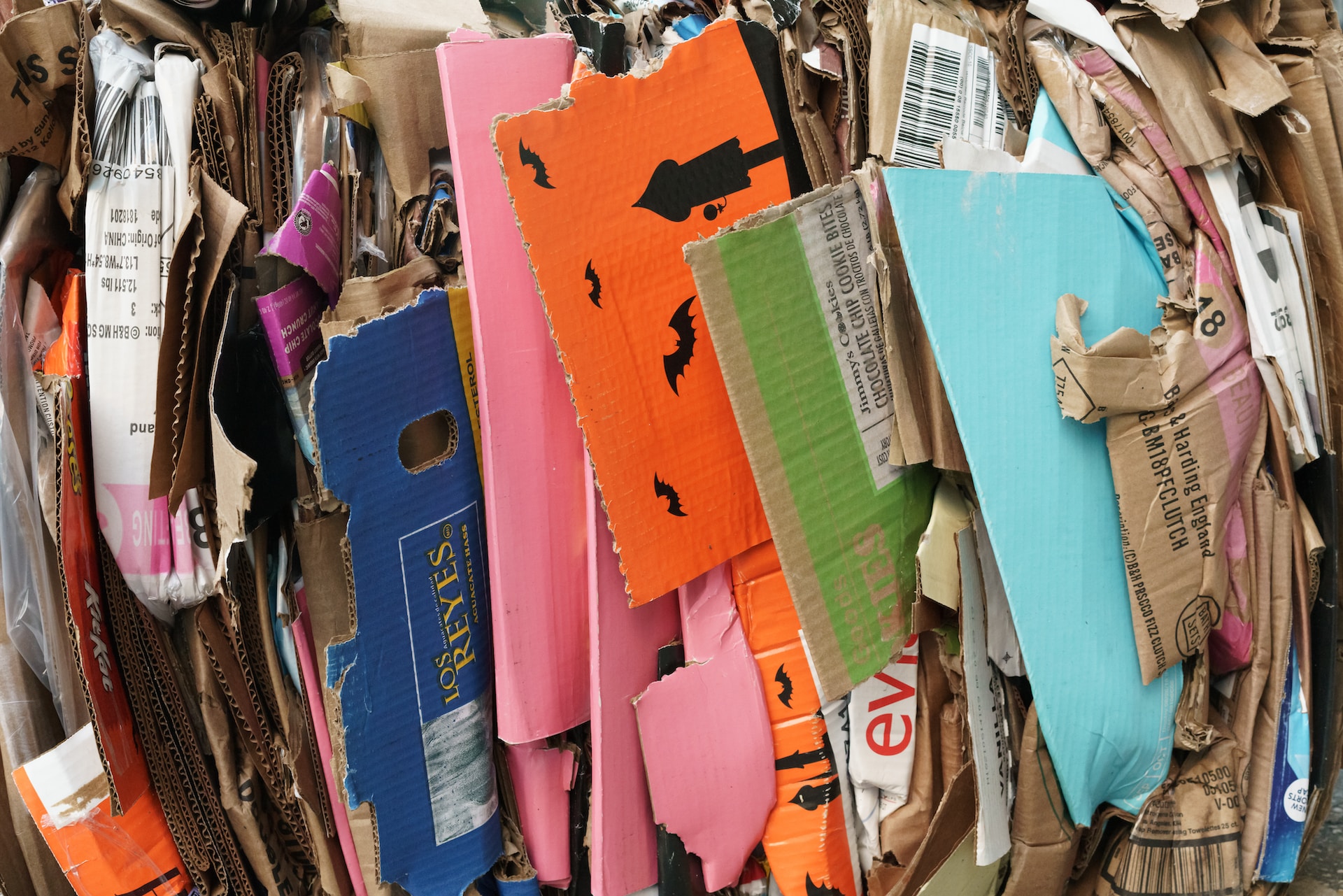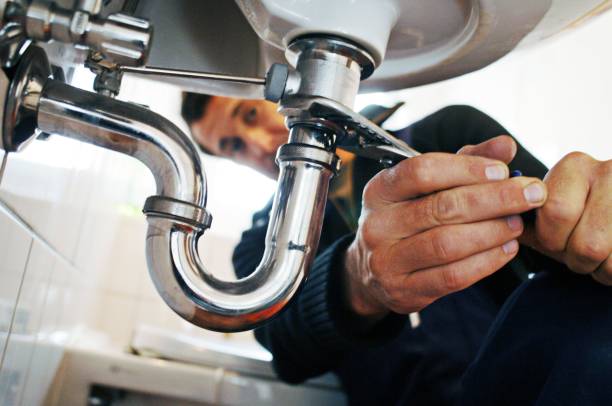Cardboard is one of the most frequently searched materials in recycling directories. Keep your cardboard (along with paper) separated and dry to help the recycling process.
Only clean, dry cardboard is recyclable. You can’t recycle food boxes or other items coated with wax or grease. Putting those items in the recycling stream contaminates other recycling and waste streams.
Curbside Recycling
Corrugated cardboard is highly recyclable and is one of the most commonly recycled materials. It’s made of a wavy layer of paper sandwiched between flat layers, and it is the highest-value recyclable product of all types of paper. Corrugated cardboard, such as cereal boxes or tissue cartons, is used for shipping and packaging. It’s also an excellent choice for making smaller, rigid gift boxes.
Where can I take cardboard for recycling? The cardboard needs to be clean and dry to be recycled properly. If it has grease or food residue on it, do not recycle it. Sanitation staff find handling and sorting wet cardboard at the materials recovery facility (MRF) challenging because mold can quickly grow.
Ensure your cardboard is bundled and tied before setting it out for curbside recycling. It’s easier for sanitation workers to handle bundled, flattened cardboard than full, bulky containers.
For curbside recycling, separate your cardboard from other recyclables in a bin with a secure lid or a clear plastic bag. Then, please place it in the correct recycling container at the curb on your scheduled collection day. The bin should be labeled with a free recycling decal or a bin sticker provided by the city trash hauler. Also, please don’t put any soiled food waste or Glass into your recycling bin. Glass is typically not recycled curbside due to its tendency to break in the recycling processing facilities.
Commercial Recycling
Cardboard is one of the most recycled paper products, with a rate of 92.9 percent in 2015. It’s essential to keep this material out of landfills, as it can be used to make new paper and packaging materials. Using recycled cardboard requires less processing than new paper, reducing energy consumption and saving resources.
Cardboard recycling is easy to do at home and in businesses. The best place to start is by removing all other materials from your cardboard, such as plastic bags and bubble wrap. It would help to use a knife or scissors to cut any tape to seal your box’s top and bottom. Most recyclers prefer that flattened boxes are not removed from tape, as it helps save space. It’s also helpful to fold or cut large boxes in half to fit better into your recycling bins. Finally, be sure to clean any food-soiled or oil-stained cardboard before putting it out for recycling.
Many local recycling programs require that cardboard be sorted and separated from other types of paper and trash. To help with this, it’s a good idea to place cardboard into bins or bags that are 32 gallons or smaller and marked with green recycling decals from the sanitation department. These bins should be set out for recycling at least the night before your pickup day.
Local Paper Mills
Most local paper mills will purchase cardboard in bulk if it is separated from other paper types, but you must contact them and arrange an arrangement. Most businesses and restaurants produce a large quantity of cardboard, making it likely to find someone who will pay for it since most mills only buy in bulk.
Cardboard is turned into new paper products through pulping, which uses water and chemicals to break down the fibers into a slurry substance. This material is then screened for contaminants like metal, plastics, and string and is washed, bleached, and rolled into paper. The result is a variety of new paper products, including corrugated cardboard, cartons (such as egg boxes and tissue boxes), and paperboard, such as cereal, cake, and chip box containers.
When recycling cardboard, make sure it is clean and dry before putting it out for collection. Use a knife or scissors to cut any tape, seal the box’s top and bottom, and flatten it to save space. Many programs prefer to accept flattened cardboard, as it saves space in their processing plant. Also, avoid placing recycling out when it is raining or snowing, as wet cardboard cannot be recycled. Place your cardboard outside the night before your recycling collection day for best results.
Other Options
Cardboard is one of the most searched-for materials on Earth911’s recycling directory, but finding places that accept it can be challenging. Some paper mills will buy cardboard in bulk from businesses that use it extensively, but individuals with just a few boxes will likely find someone willing to pay for it.
When putting cardboard out for recycling, flatten it and remove any tape before placing it in the bin. Large boxes should be bundled and tied with twine rather than tape, which is more easily recyclable and eco-friendly. Bundles should not be more than 18 in (46 cm) high to prevent them from blocking the street when set out for collection.




Leave a Reply
You must be logged in to post a comment.